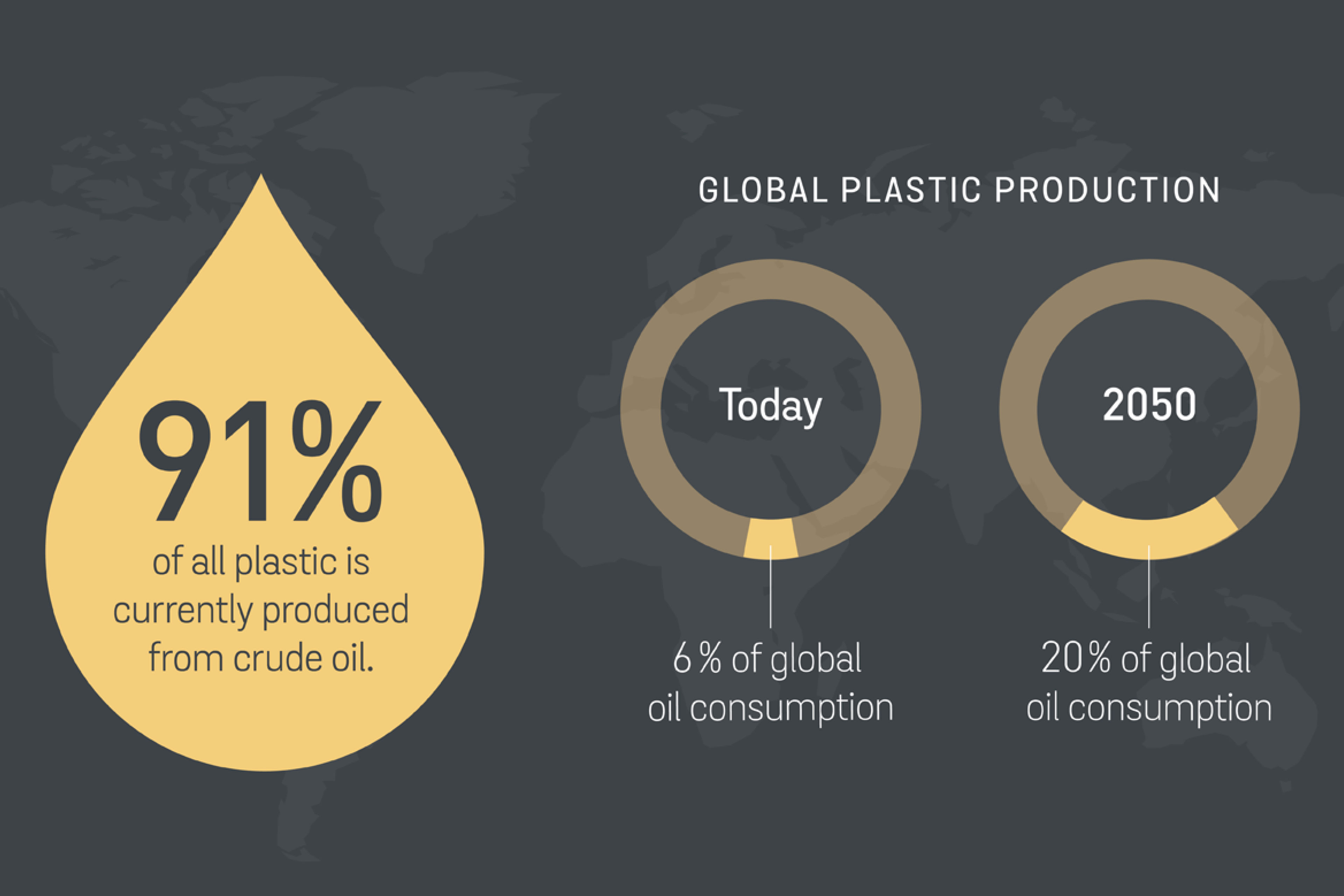- Material recycling
- Plastic
- Paper
- Electronics
- Metals
- Batteries
- Hazardous waste
- Alternative raw materials
- Industry solutions
- Manufacturing
- Public sector
- End-of-life vehicles
- Automotive
- Retail
- Process industry
- Infrastructure
- Recycling services
- Waste collection and recycling
- Total waste management
- Outsourcing
- Demolition
- Reuse
- Confidential sevices
- Stena Circular Consulting
- Circular business solutions
- Success stories & Tools
- Meet the team
- Insights & Inspiration
- Guides & Articles
- Videos
- Events
News & Insights
Graphics - Plastic use in numbers
Plastic
When the world’s usage of plastic is increasing, higher demands are being placed on the industry’s resource management. Download the infographic from the sidebar and find out how much plastic can be recycled in the manufacturing process.

Complete infographic is available for download in the sidebar
Sources: Stena Recycle’s own experts, National Geographic – A whopping 91 % of plastic isn’t recycled, Ellen MacArthur Foundation – The New Plastics Economy, Material Economics the Circular Economy, klimatsmartsemester.se, zeromission.se, The Guardian – Fewer people fewer flights to save the planet.
Contact us
Contact us to learn more about this, or to understand how we can help you and your recycling needs.
Links & Downloads

Download infographic
Share article
https://www.stenarecycling.com/news-insights/insights-inspiration/guides-articles/graphics-plastic-use-in-numbers/